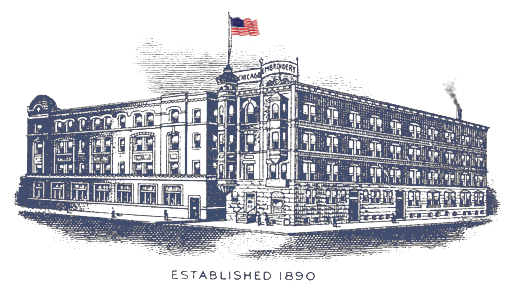Do you have questions? We have answers!
Need more help? Contact us today and we'll get to the bottom of it.
Contact UsOur team is dedicated to making this process as easy as possible. Every order is custom priced to bring you the lowest price possible.

1813 W. Montrose Ave.
Chicago, IL 60613
(312) 664-4232
©2025 Chicago Embroidery Company - All Rights Reserved.